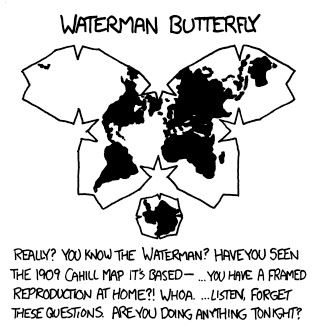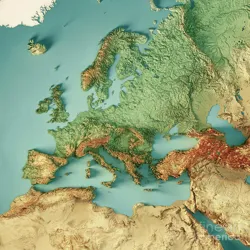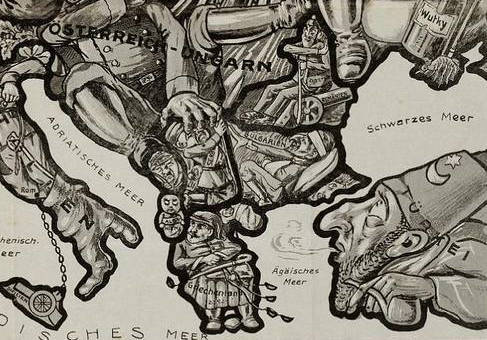

It’s well known that each person has to have a different account for each of those big-tech services. Whereas in the fediverse, the original idea was that one account can traverse multiple services. The problem as the OP explains, is that it may seem you are following your friend’s account, whereas actually you might see just a small fraction of it, and not be aware that there is more.






Maybe Euroclear is not the only reason - rather a convenient excuse for De Wever to waste time - as his seat of power is Antwerp with a huge chemical industry partly fueled by Russian gas, and his party is right-wing nationalist and maybe more sympathetic to the Putin-Trump vision than they dare to admit (as not in line with sentiment in the country as a whole).